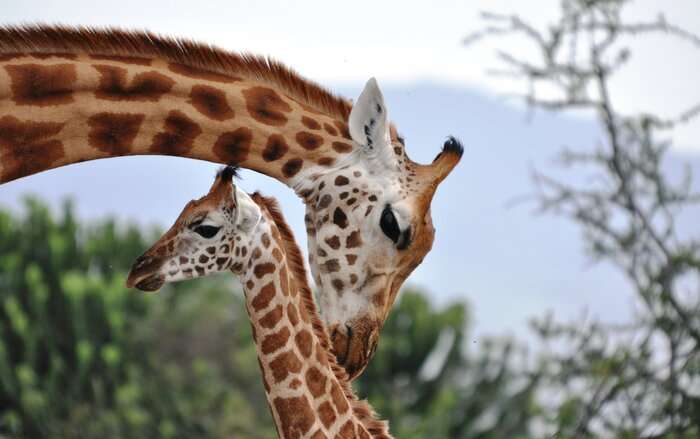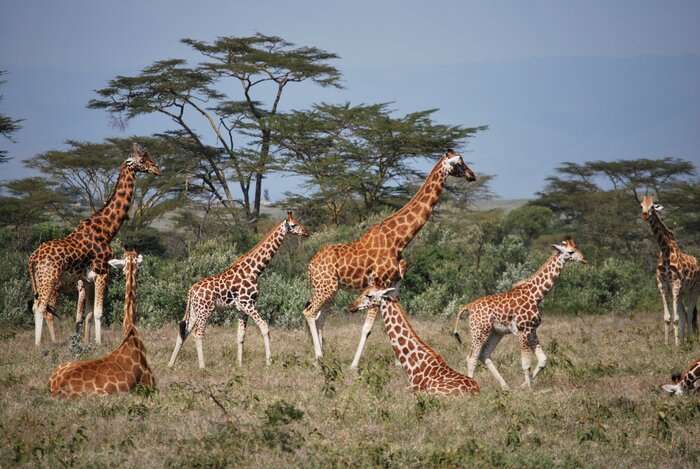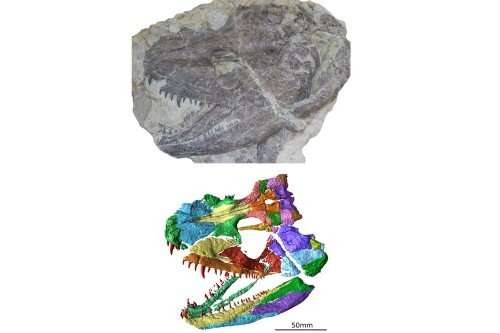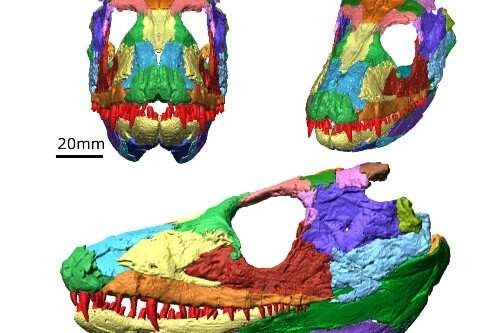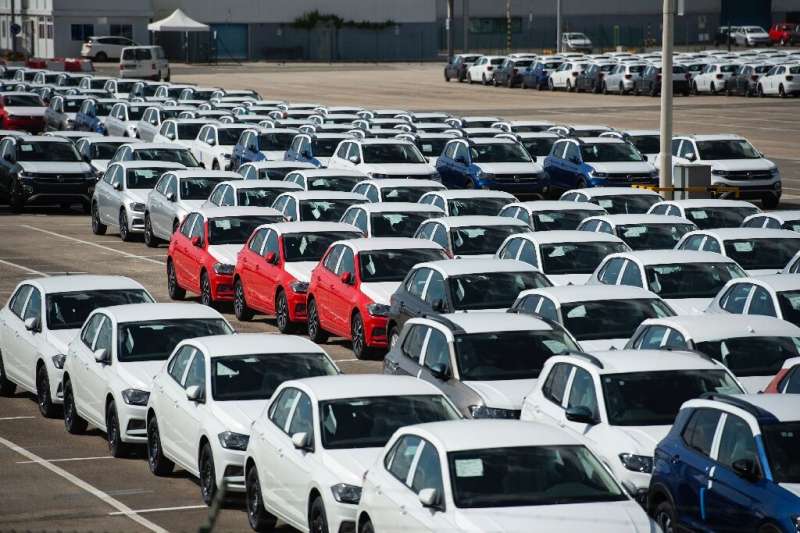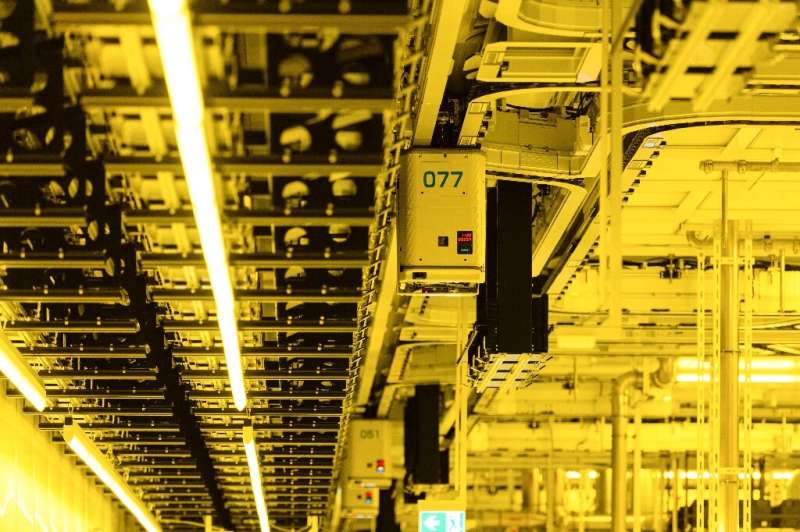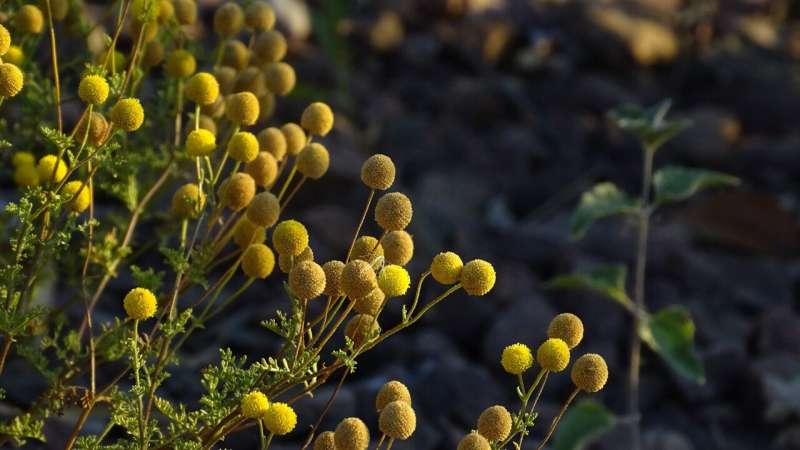Closeness with dads may play special role in how kids weather adolescence

Adolescence can be an emotionally turbulent time, but new research at Penn State found that close, supportive relationships with parents—especially dads—at key points during adolescence can help stave off certain adjustment problems.
The researchers examined how emotionally close and supportive relationships with parents—referred to in the research as "parental intimacy"—in families with mothers and fathers affected their children's self-esteem, weight concerns, and depressive symptoms at different points across adolescence.
They found that closeness with fathers had broad, positive effects across adolescence for both daughters and sons. But while close relationships with mothers also had benefits, they were more limited by their children's age, and weren't protective against all the adjustment issues measured in the study for both girls and boys.
Anna Hochgraf, doctoral candidate in human development and family studies, said the findings suggest that while close relationships with moms are certainly important, fathers may play an important, distinct role in fostering healthy adjustment in adolescents.
"Adolescents tend to feel emotionally closer to their mothers than to their fathers and mothers tend to have supportive conversations with their children more frequently than fathers do," Hochgraf said. "This may make emotional closeness with fathers more salient, and in turn, protective against these common adjustment problems experienced during adolescence."
According to the researchers, adolescence is a period of development that includes many biological, cognitive, emotional and social changes that can lead to certain adjustment issues, with weight concerns, low self-esteem, and symptoms of depression being some of the most common, especially for girls.
But, previous research has also shown that close relationships with parents have the potential to help protect against the development of some of these problems. Hochgraf said she and the other researchers wanted to explore the topic further, breaking the results down by participants' age, gender, and relationship with each parent.
"We wanted to investigate when during the course of adolescence intimacy with mothers and fathers becomes a protective factor for body image concerns, depressive symptoms, and low self-esteem, and whether intimacy is more strongly associated with positive adjustment at some ages than at others," Hochgraf said. "We also wanted to see if patterns differed for girls and boys."
The researchers recruited 388 adolescents from 202 two-parent families with both fathers and mothers for the study. Data was gathered at three checkpoints when the participants were between the ages of 12 and 20, and included information on participants' weight concerns, symptoms of depression, and self-esteem, as well as measurements of intimacy between parents and their kids.
Intimacy was measured by the participants answering questions such as how much they go to their mother or father for advice or support and how much they share inner feelings or secrets with them, to which the adolescents responded with a score ranging from one to five.
Hochgraf said it was important to gather data at several points in time because problems with adjustment, as well as relationships with parents, can change and develop swiftly throughout adolescence.
"Rather than assume that the associations between parent-adolescent intimacy and adolescent adjustment problems are static across adolescence, we studied changes in these links as a function of age," Hochgraf said. "This approach enabled us to determine at which ages parent-youth intimacy may be most protective against body image concerns, depressive symptoms and self-esteem."
After analyzing the data, the researchers found several different effects of parental intimacy on their sons and daughters at different times throughout adolescence. These effects were also different between mothers and fathers.
"For example, while father-adolescent intimacy was associated with fewer depressive symptoms across adolescence, mother-adolescent intimacy was associated with fewer depressive symptoms during mid-adolescence, around age 15," Hochgraf said.
They also found that father-youth intimacy was associated with fewer weight concerns for both girls and boys throughout most of adolescence, with the greatest effects in mid-adolescence for girls and late adolescence for boys. In contrast, mother-youth intimacy was only associated with fewer weight concerns for boys, and only in early adolescence.
Additionally, father-youth intimacy was associated with higher self-esteem from early through mid-adolescence for both boys and girls. Mother-youth intimacy was associated with higher self-esteem across most of adolescence for girls, and during early and late adolescence for boys.
Hochgraf said the study—recently published in the Journal of Family Psychology—underscores the importance of parents being close, open and supportive with their children.
"Parents can promote their adolescents' healthy development by fostering emotionally warm, accepting, and supportive relationships with them," Hochgraf said. "There are a number of evidence-based, family-centered prevention programs that can help parents improve or maintain positive relationship quality and communication with their children throughout adolescence and that have been shown to prevent multiple adolescent adjustment problems."
Gregory Fosco, associate professor of human development and family studies; Stephanie Lanza, professor of biobehavioral health and human development and family studies; and Susan McHale, distinguished professor of human development and family studies, also participated in this work.
The National Institute of Child Health and Human Development, National Institute on Drug Abuse of the National Institutes of Health, and the Prevention and Methodology Training Program helped support this researc

